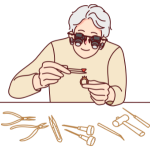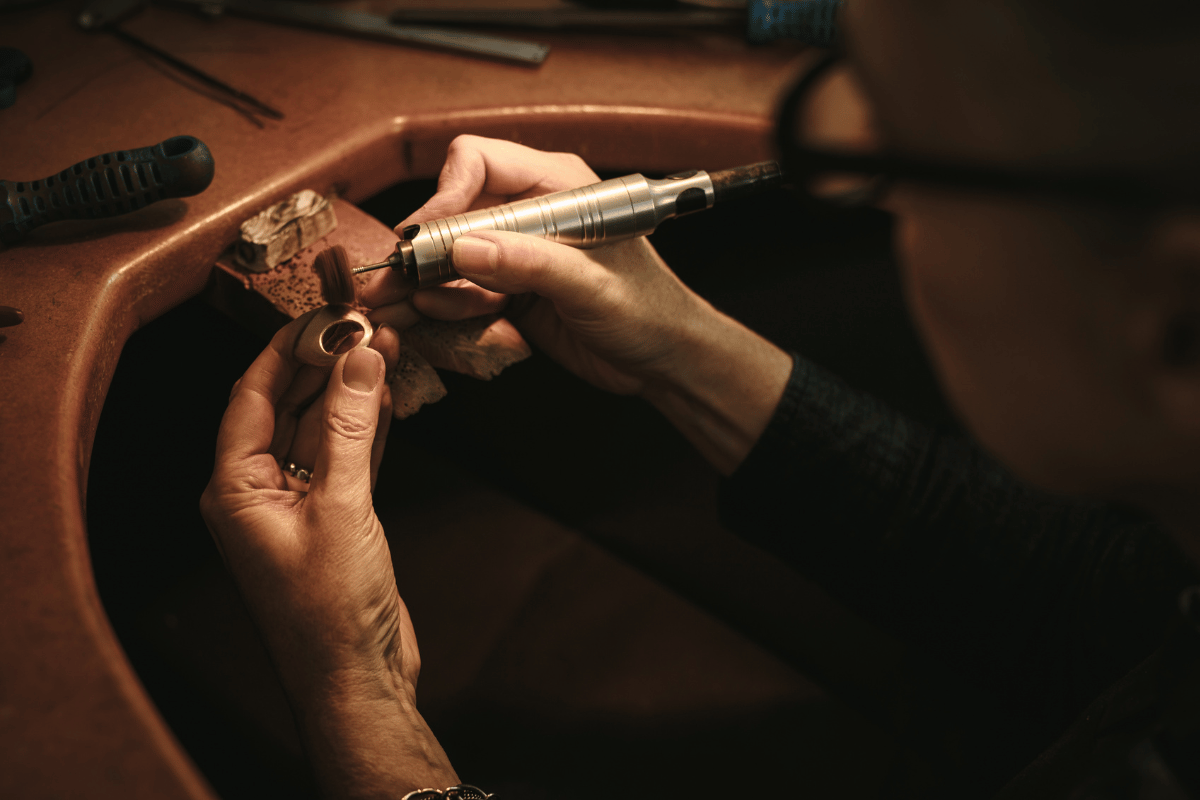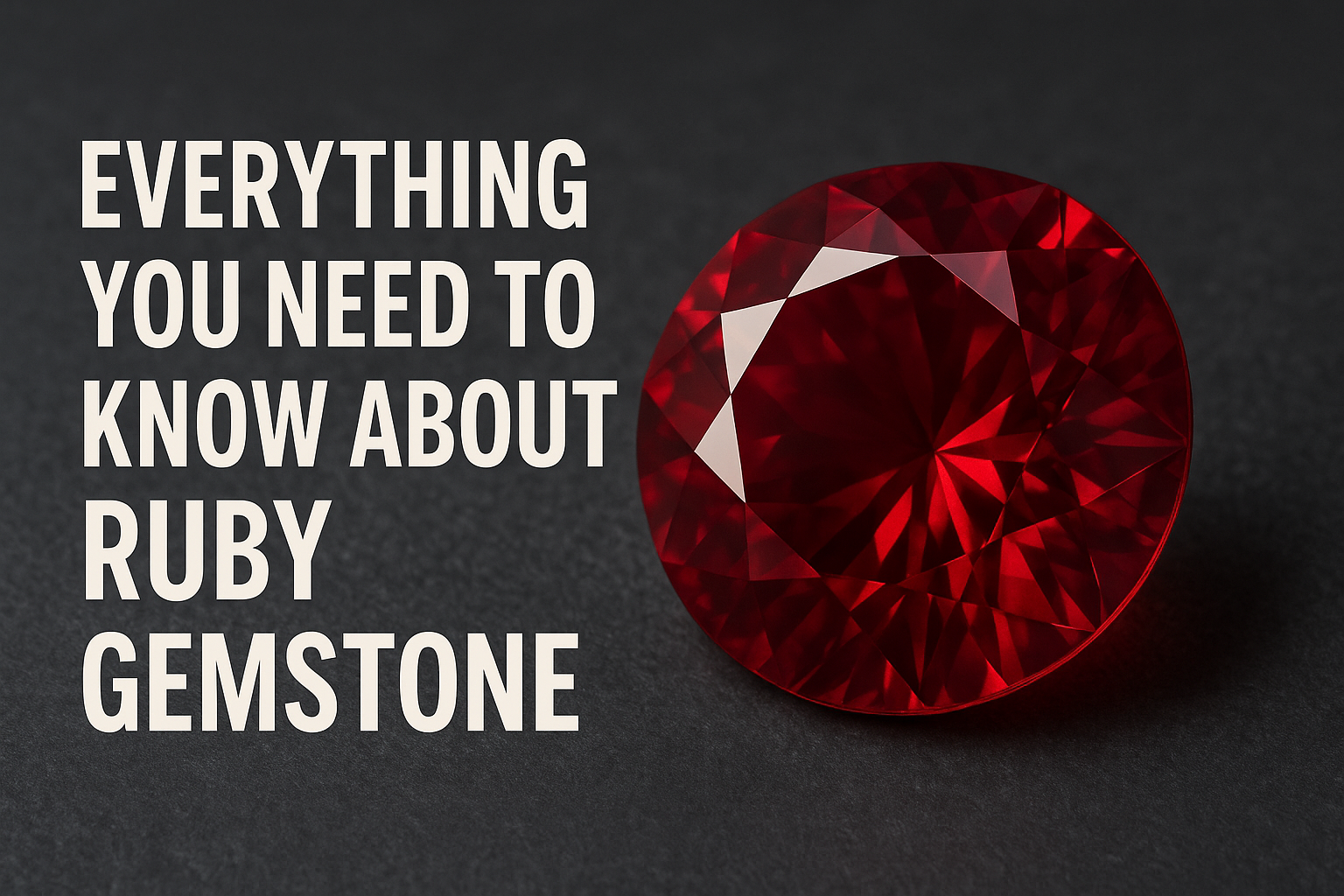
Ruby vs Sapphire: Key Differences in Value and Hardness
When deciding between ruby and sapphire, it’s all about what matters most to the wearer—color, rarity, or personal symbolism. Rubies are prized for their vibrant red with a slight pink hue and are generally less common in fine quality. Sapphires, though more abundant, come in a rainbow of colors, from classic blue to orange and…














